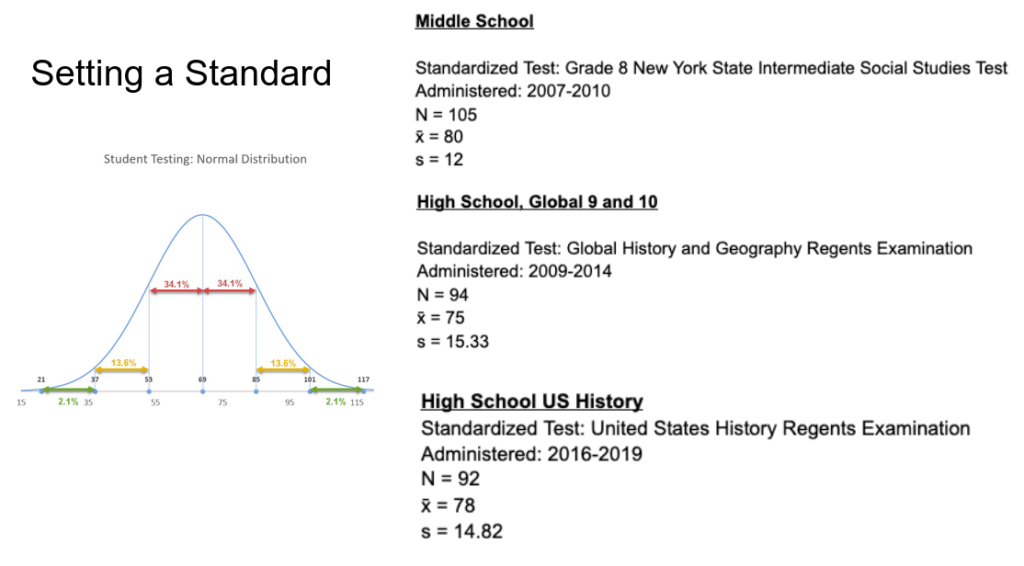The stimulus-based multiple-choice test item was introduced into the New York State social studies Regents examinations starting in 2019 for Global History and Geography II and for United States history. The task poses challenges for students such that it merits some regular, focused training throughout the year.
In a stimulus-based task, the student is directed to respond to a document, map, or image using their ability to analyze and their knowledge of historical context. In the case of the New York State exams, there are eighteen “task models” used when designing questions. For example, a student may be asked to evaluate and classify (identify) best use of a source or to respond based on knowledge of historical context. Principles of reliability assessment are applied here, such as when students are asked to identify point of view, purpose, context, bias, format of source, location of source in time and/or place, and/or intended audience of sources using background knowledge.
Click here to shop stimulus-based tasks at my store for grades seven through eleven social studies.
The first important habit of thought to train students to engage is to think beyond the document. Habit since their first reading lessons has asked them to find the answer in the text somehow. It takes a lot of practice and reinforcement to get students to activate their schema on the topic; to think of the story of which the document is but a fragment. The question cannot be answered without background knowledge.
- part I of the Global and US History Regents
- 25-30 questions
- primary or secondary source documents
- M-C questions are always paired with stimulus
- primary or secondary source
- maps
- charts
- cartoons
- may have more than one stimulus tied to it
- no more stand-alone questions
- estimate 30-45 minutes for this part of the exam
I used almost exclusively primary source documents for my stimulus-based tasks. This can be challenging for weaker readers, but with practice in skills for addressing difficult texts, this obstacle can be addressed.
My custom was to assign a stimulus-based multiple-choice at the end of every unit starting in October. At first, students find these very difficult. I use a z-score standardization procedure to adjust the scores so as not to bomb out their GPA while they are just learning. Click here to read up on standardized scoring. It is a great way to score students in tasks they are not yet proficient at.

- Practice! Students are generally not good at these at first.
- Read the question first. be certain you know what it is asking.
- Remind yourself that the answer is rarely found in the document itself.
- Identify the historical time period the documents go with.
- Consciously call to mind the historical context of the document before you read. Try to recite to yourself who, what, when, where, why of the time period.
- Use process of elimination to narrow down the options.
Some of my students always would wonder why ask questions this way. If the test writers want to know whether a student knows something, why not just ask? I don’t have a good answer for this. I strongly support instruction in social studies that calls upon students to think critically and make meaningful connections with knowledge. I also think that students should actually possess knowledge. This assessment method was no doubt inspired by AP history exams. It remains a question in my mind as to whether this level of complexity is necessary for an instrument for secondary school evaluation. If we want to know whether the student knows what caused the French Revolution, for example, maybe we should just ask them that?